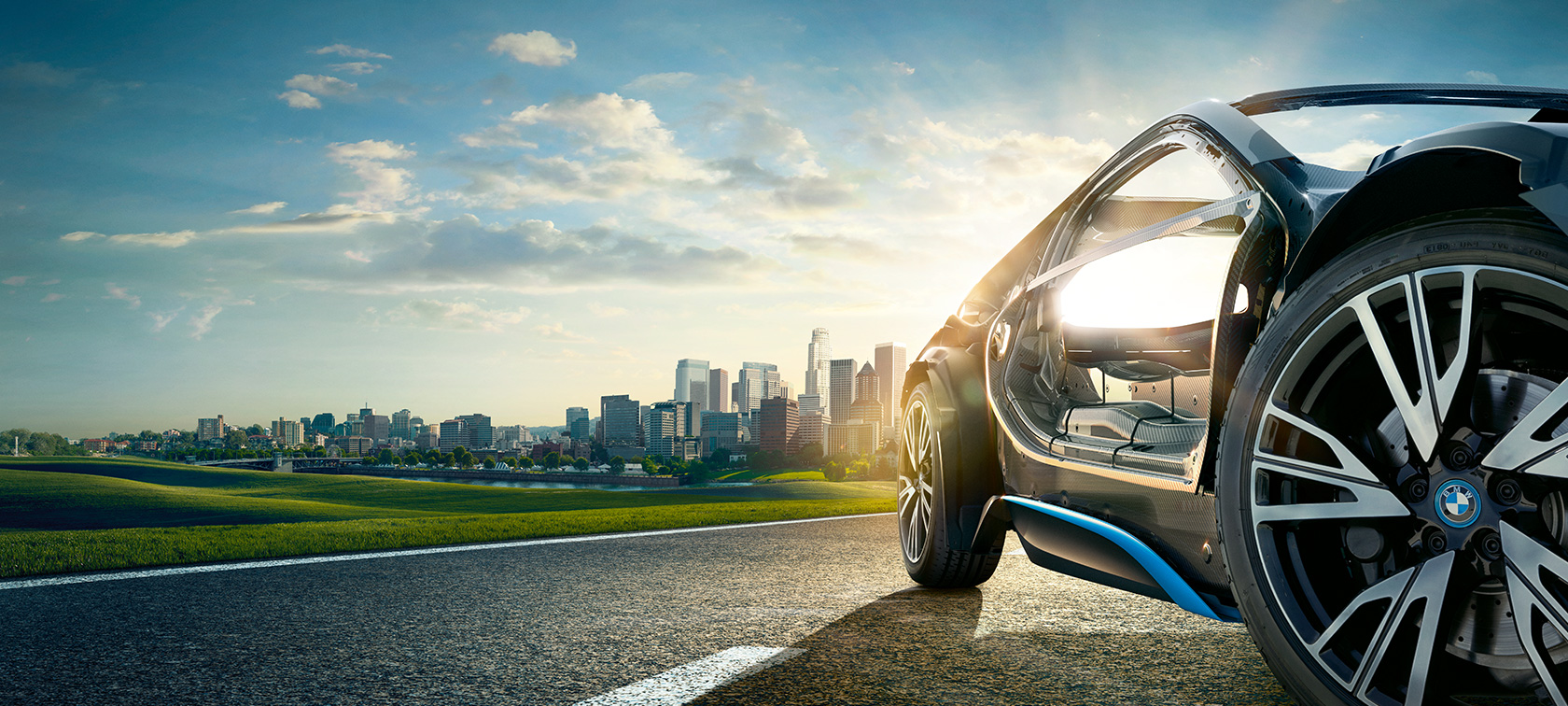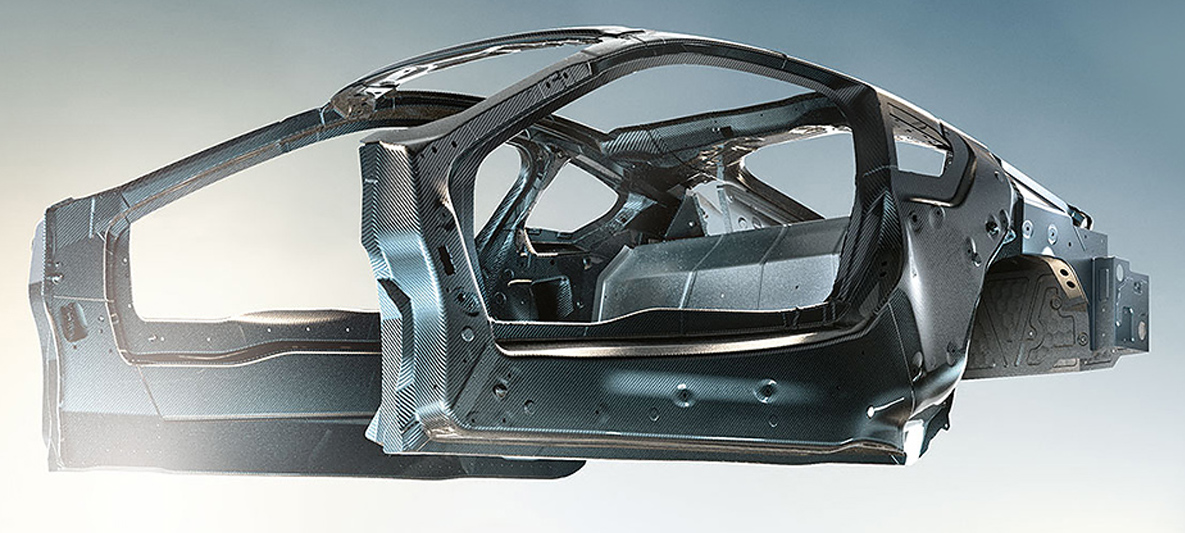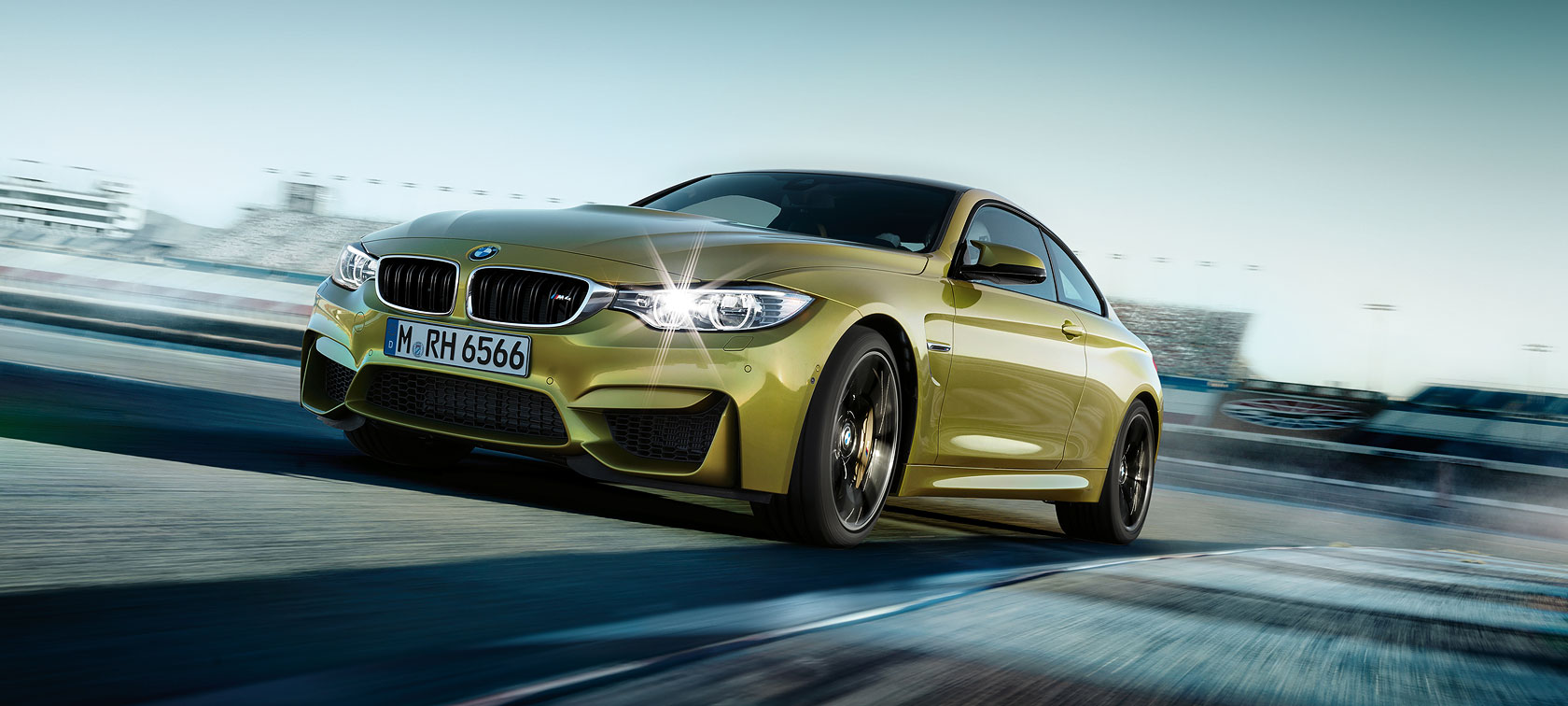
MORE SPEED. LESS WEIGHT.
BMW EfficientLightweight.
MORE SPEED. LESS WEIGHT.
BMW EfficientLightweight is a showcase example of how efficient driving and dynamic driving combine perfectly. Thanks to the use of especially lightweight and stiff materials − such as carbon in the passenger cell, aluminium in the chassis, high-strength steel in the body or ultra-modern magnesium alloys in the engine − fuel consumption is reduced while, at the same time, driving performance and dynamics are improved.

HIGH STIFFNESS AND SAFETY: THE CARBON PASSENGER CELL.
BMW i is revolutionising automotive engineering with the first series-produced passenger cells made of carbon − thereby setting new standards in lightweight construction. Thanks to its high strength, the material offers passengers the best possible protection in accidents, yet is still light enough to balance out the additional weight of the HV battery. The result is greater safety combined with a generous and comfortable level of spaciousness which simultaneously saves weight – and thus further increases dynamics.
The BMW i3 and BMW i8 are the first vehicles in which the high-tech material carbon has been used for large-scale series production. For a long time, the use of carbon was limited because it had to be produced manually. Today, the BMW Group produces the carbon fibres and carbon fibre plates itself, which makes large-scale series production possible.

LOW WEIGHT. HIGH ACCELERATION.
LOW WEIGHT. HIGH ACCELERATION.
From rear axle to aluminium front apron, from the M light alloy wheels to the CFRP roof, the BMW M4 Coupé provides an example of how you can discover the diversity of BMW EfficientLightweight.
Combined fuel consumption in l/100 km: 8.8 [8.3]
Combined CO2 emissions in g/km: 204 [194]
Fuel consumption and CO2 emissions.
The figures for fuel consumption and CO2 emissions depend on the wheel
and tyre sizes selected.
Figures outside brackets refer to the basic model with transmission as
per the basic equipment; figures in brackets to the model with
optionally available transmission (see special equipment).
Further information on the official fuel consumption and on the official
specific CO2 emissions of new automobiles can be found in the guidelines
on fuel consumption and CO2 emissions of new automobiles which are
available free of charge at all retail outlets and from DAT Deutsche
Automobil Treuhand GmbH, Hellmuth-Hirth-Str. 1, 73760 Ostfildern,
Germany.
